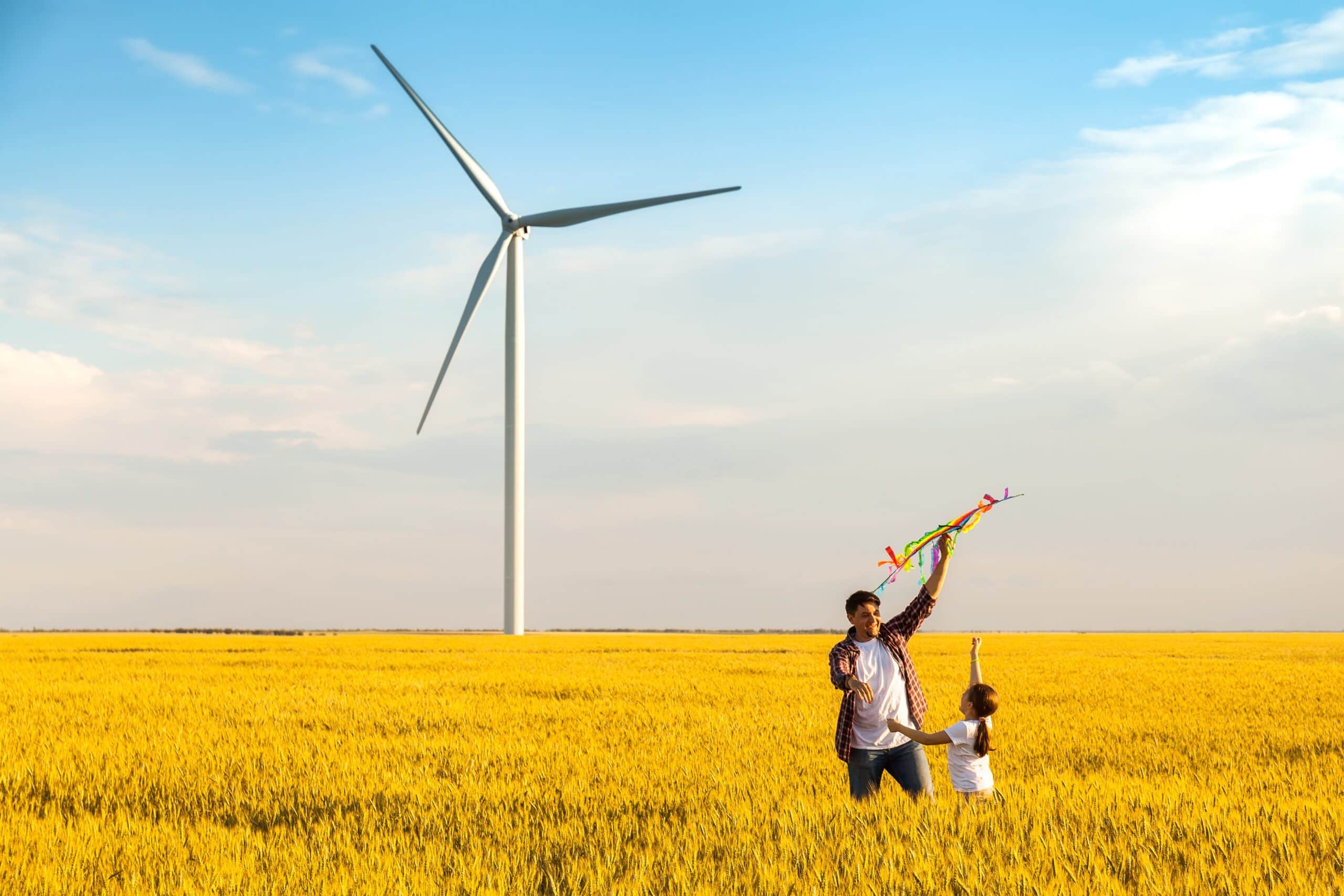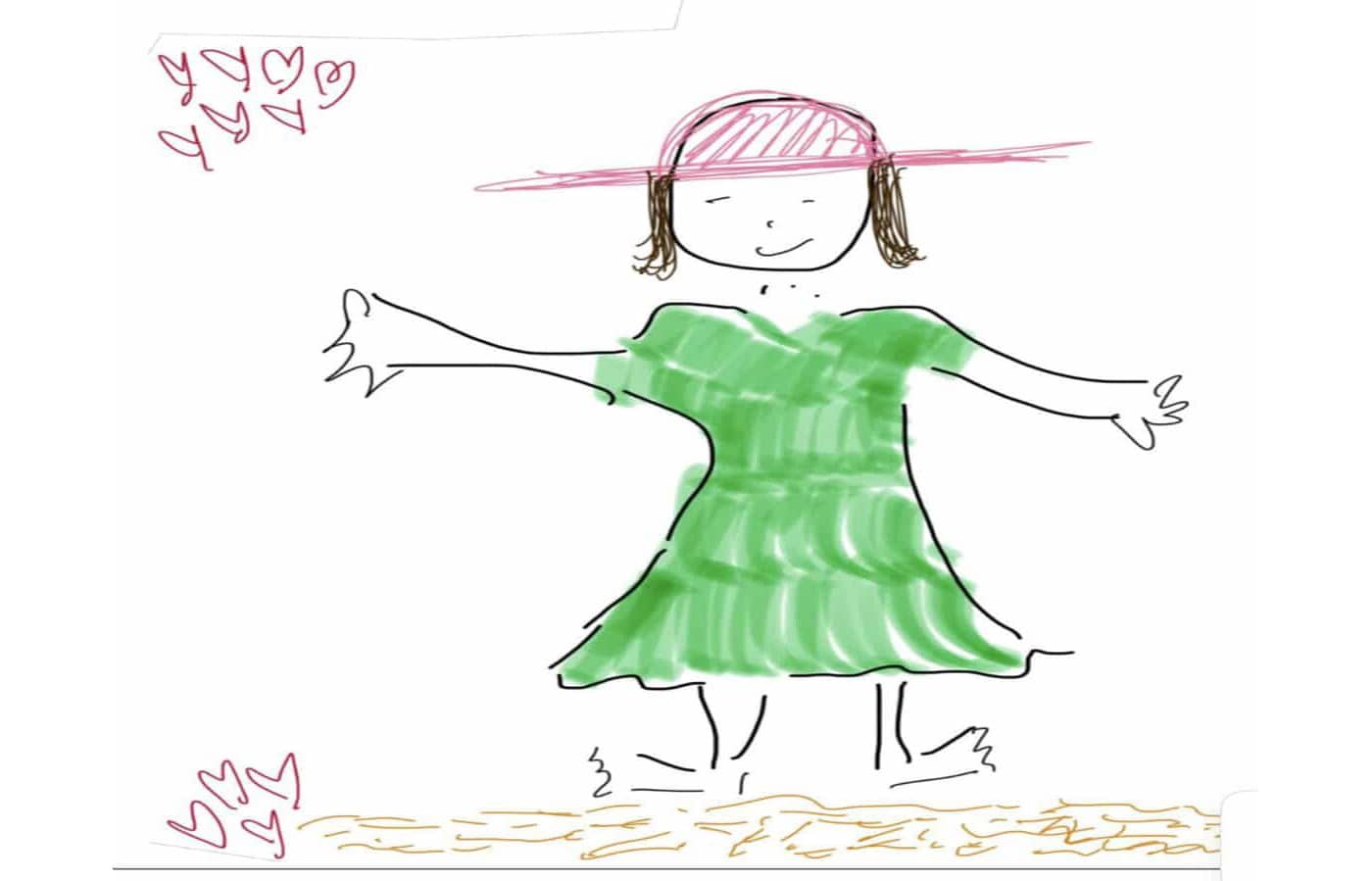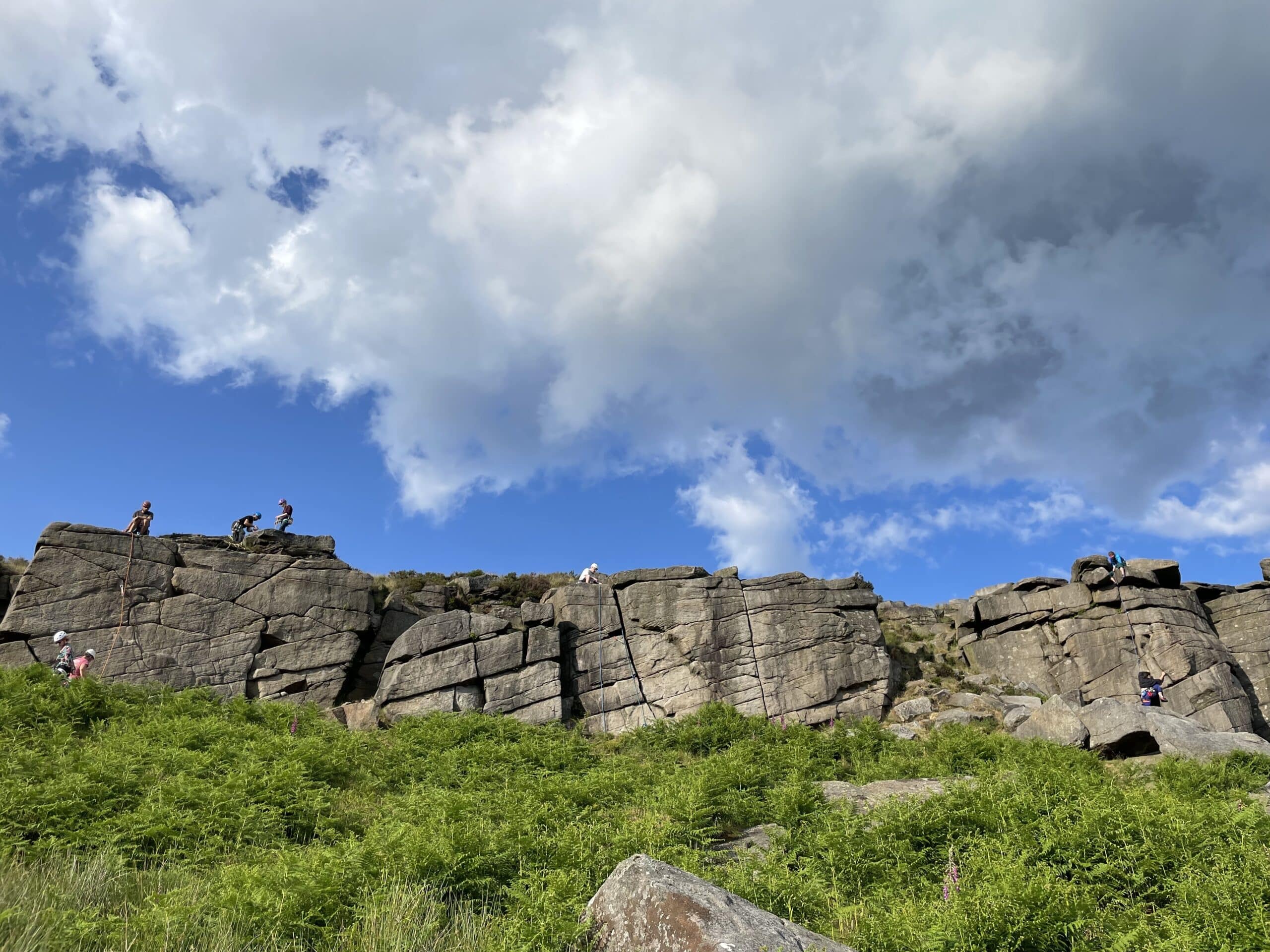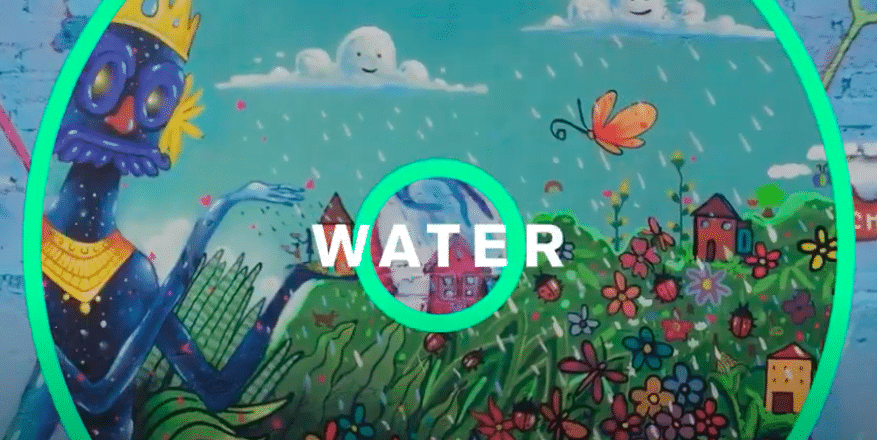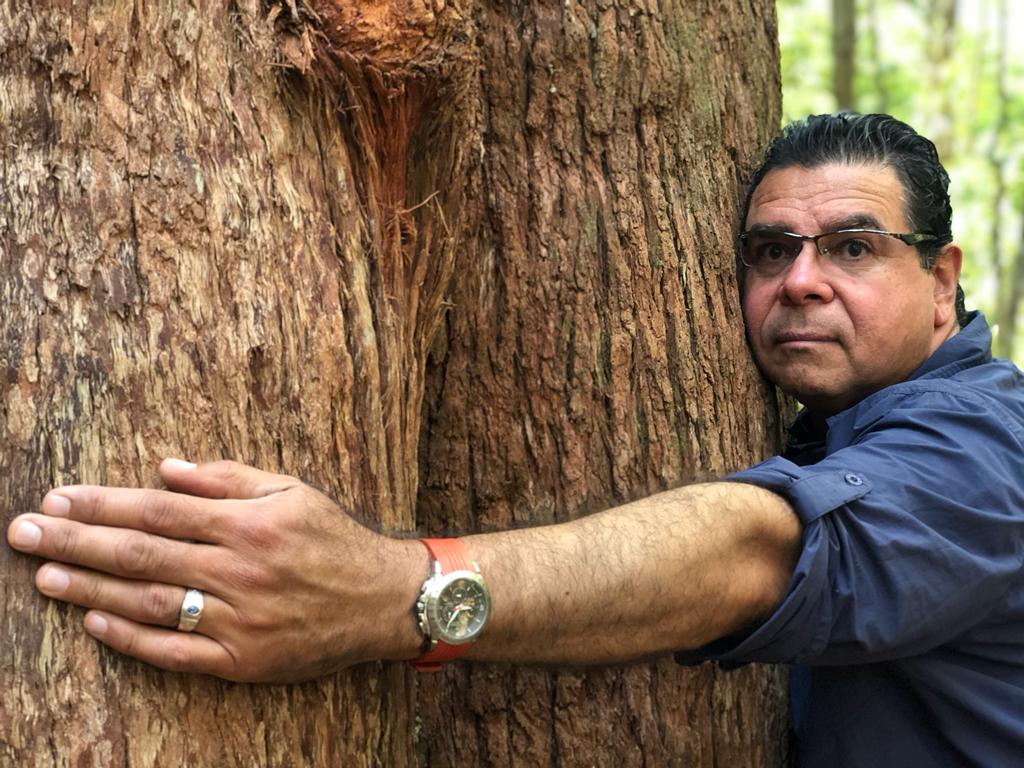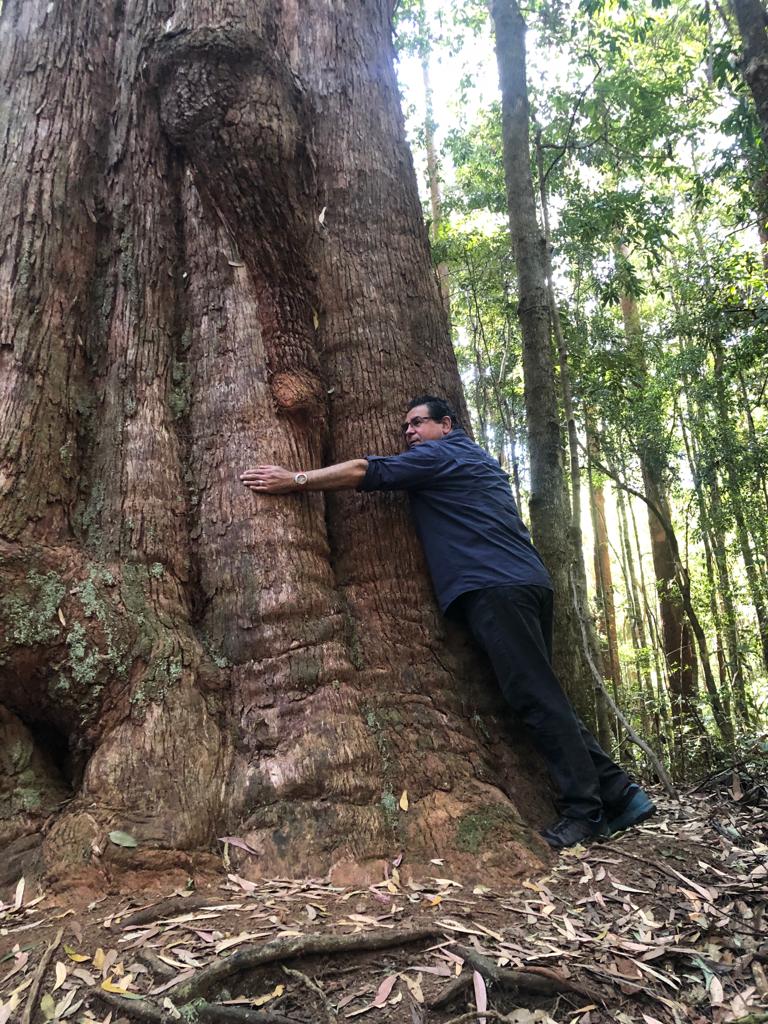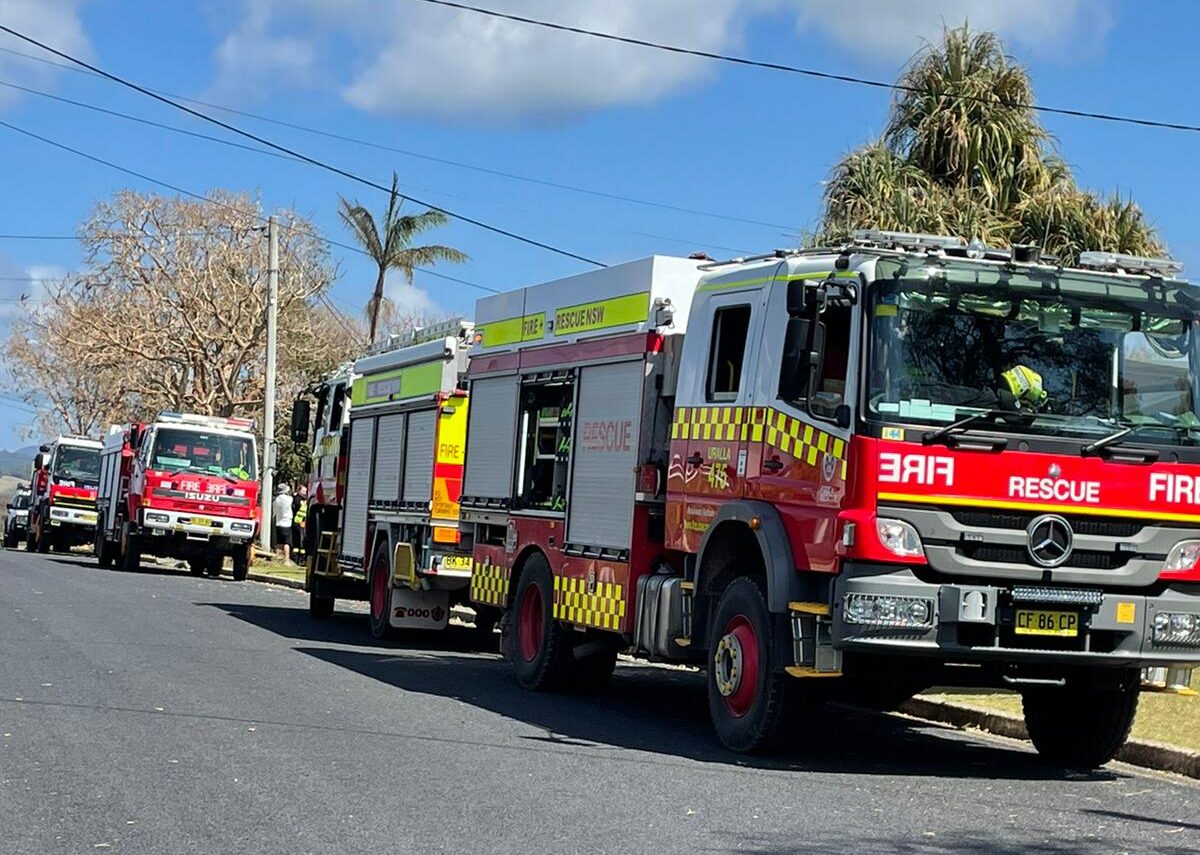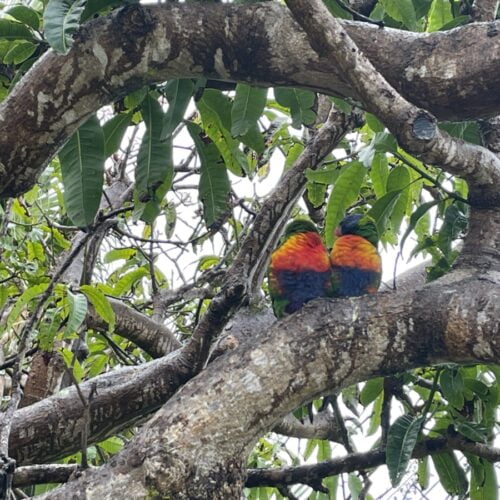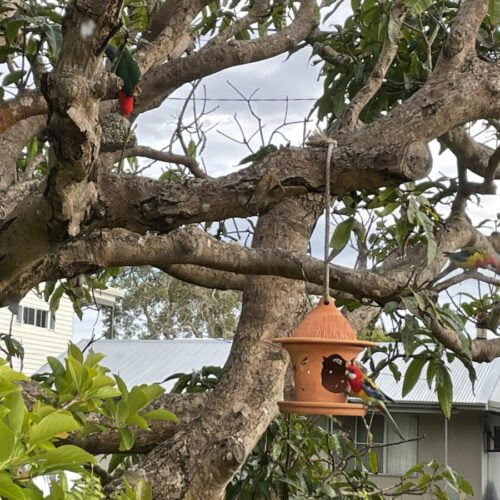Every so often you read a book that changes how you see the world. The Ministry of the Future by Kim Stanley Robinson is one of those books.
Author of a score of sci-fi (or cli-fi) novels — many with a climate bent, where scientists and policy makers are often the unlikely heroes — this 2020 novel has been a hit during the World Economic Forum meetings at Davos in Switzerland which happen every year.
A Barack Obama TOP PICK

It seems the anyone who knows anything about climate knows about this book, so clearly I’m a bit slow off the mark. Late last year, two colleagues asked simply if I had read ‘The Ministry…’ Then I read a full-page interview with Robinson in the Financial Times.
Described as a cult author, his ‘speculative fiction can offer real-life solutions to the climate crisis.’
More than that, ‘Robinson has become a sounding board for politicians, economists and climate negotiators eager for his take on fringe ideas’. These include things like pumping water under glaciers to stop them melting or “‘carbon quantitative easing’ whereby central banks would pay the worst polluters to stop.’
Whooaaaggh. A fiction author influencing global policy?
Now, this piqued my interest.
I’ve always loved novels. Then March 2020 happened. The world fell off a cliff and fiction seemed pointless… the world around me was more weird than any novel I could lay my hand on.
Since then I’ve only been able to finish one slim novel… that is until I started Ministry of the Future. I devoured it. Now I’m reading Robinson’s backlist. (He’s my official ‘author crush’.)
As an author myself (I’ve written fiction and non-fiction), it’s fascinating to read his earlier work because I can see all the preparation that had to happen in his less good early novels in order to make this latest one sooooo good. You can see that it’s a book that has been 25+ years in the making.
caring for the next generations
In brief, the book, spanning multiple continents and numerous points of view, is about the existential threat posed by the climate crisis.
At the heart is the eponymous Ministry for the Future, an international organisation whose job is to represent the interests of future generations in the face of increasing environmental devastation. It is set in the current and near future, so it feels like you are reading a slice of reality… except it’s told at a slant.
Despite the topic, Robinson writes with humour… teasing out the idea that ‘it’s easier to imagine the end of the world than the end of capitalism.’

How characters bring the climate crisis to life
His characters are sharply drawn and offbeat: a doctor fleeing a war zone, a migrant holed inside a refugee camp for years, a young man enslaved on a fishing trawler who’s rescued by masked eco-terrorists.
There are really only two characters you inhabit deeply in the story but it’s the fact that he writes from so many points of view that leaves you with a dizzying global perspective. It’s a whole-of-systems novel (very regenerative), where you experience life from all perspectives, including that of an atom.
Popularising scary scientific concepts

But it’s the scientific concept of ‘wet bulb temperature’ which Robinson describes in such a terrifying and realistic way that has caught the imagination. Previously buried in a 2010 scientific paper, this true-life phenomena happens when air temperatures rise at the same time as humidity, making it difficult and then impossible for people to sweat.
If humans can’t sweat, we die.
While this scientific concept was known, it was only through Robinson’s vivid portrayal of a mass Indian heatwave that policymakers understood the implications of this as a result of rising global temperatures.
As the Financial Times notes, ‘Ministry is like the first mass-market, general cultural publication of this idea that is quite obvious.’ (Likely, too, that Australian business magnate Andrew ‘Twiggy’ Forrest knows of this concept. Last September he said, ‘It’s business which is causing global warming… it’s business which is responsible for lethal humidity.’)
If it all sounds a bit bleak … stay with it.
The Ministry of the Future is also incredibly hopeful — even though there is hell to go through to get us there. Ultimately the story is about the power of human ingenuity, courage, and willpower to reimagine a much better, fairer, world and a fundamental reimagining of society and its values.
3 WAYS fiction can help us imagine a better world
- Humans are sensory beings. We understand the world through sight, touch, sound, smell and taste. When we read great fiction we are able to experience other people’s lives, as if they were our own. This creates real empathy. We genuinely care about characters and what happens to them.
- Fiction is great at world-building. Especially genres like speculative fiction, where authors spend a lot of time creating the world of their characters — giving the reader that sense of visceral immersion.
- ‘Near future fiction’ plays with your sense of reality. The novel starts in 2025 when ‘the big heat wave strikes India’. And yet as I was reading it, some of the weather events described in the novel — atmospheric rivers for example — were on the nightly news. In February 2024, millions of Californians were under flood alerts amid warnings of excessive rainfall as ‘a powerful atmospheric river sat over Southern California’.
Robinson does a good job in mixing dollops of scientific information (or exposition as it’s known in novel-writing) with a plot that carries you forward. You need to stay with it and don’t be put off by the size. It’s worth it… It’s a book that I can feel in my bones. There aren’t many like that.
But I am glad, after my own fiction drought, this one brought rain… and immense hope. There’s power in imagination that might just save us all.
Hi, I’m Claire. Through my business Wordstruck we help companies bring their sustainability strategy to life. As the Founder of Regenerative Storytelling, we’re helping leaders do more for their people, their community and the planet. I publish regular content about storytelling, regenerative leadership and reframing how to address our rapidly heating world. To see more of my content, please sign up – and join the conversation by sharing a comment below.

